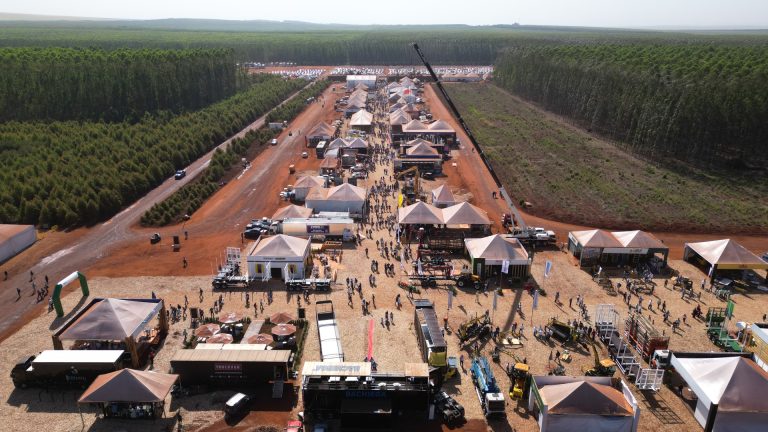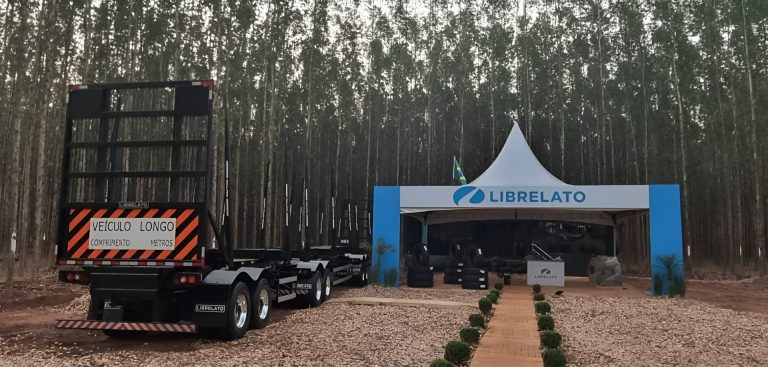By Claudia Garcia, Forest Contracts Manager for Hexagon’s Agriculture division
When I entered the Forestry Engineering course, in 2007, I did not imagine that I would fall in love with the production area. From Biology classes at school, I took to the university the desire to work in the recovery of degraded areas and in the management of wild fauna. At the time, I had no idea that the profession would lead me to the planted forests and technology sector. With an extensive and diverse field of work, the area of forestry engineering allows for different possibilities of action, but to fit into the market and find a space, the trained professional needs to have a great capacity for adaptation.
Today, as in many other sectors, forest engineering is strongly linked to technology. Big Data, Internet of Things (IoT) and Artificial Intelligence (AI) are some of the terms that need to be part of the vocabulary of those who intend to pursue a career in the area. A basic knowledge in programming, for example, can stop being a differential and become a prerequisite in a short time. The world is moving towards a future of technology-based solutions and operations and it is imperative that new professionals prepare themselves technically to be part of this moment.
When I attended university, little was said about precision forestry, for example, and today the need to increase the efficiency of processes has required its increasingly recurrent adoption. Therefore, specializing is indeed important, but preparing yourself to the maximum technically to be a generalist professional can be the career differential. When entering the job market, often due to lack of knowledge or restrictions on opportunities, it is interesting to be prepared for whatever comes your way.
The moment calls for more diversity
The evolution of the sector also involves the increase of diversity and inclusion in companies. When it comes to gender equity, for example, we still have a long way to go, as the area is still predominantly male. Of the 15,743 forestry engineers registered with the Federal Council of Engineering and Agronomy (Confea), 34% (5,395) are women. Despite the disparity, in the rest of engineering the difference is even greater. According to a survey carried out this year by Confea, the percentage of women registered as engineers in Brazil corresponds to 19.3% (199,786) of the total of 1,035,103 professionals working in the country.
As manager of the contract sector of Hexagon’s forestry business unit, I work with several clients in prospecting, creating and developing relationships and negotiations with partners. It is very clear, on a daily basis, how much the sector is still predominantly male. However, it is possible to perceive changes in recent years, with women occupying more and more space. I see a tendency for this difference to decrease in the coming years with the engagement of companies in the ESG pillars. Companies, even for the sake of market valuation, should bring more diversity into their teams, which will certainly help to achieve more assertive deliveries and better results.
The Forest Engineering sector is in one of the best moments in recent years in terms of employability: we have a very high demand for professionals. We are seeing expansions in Brazil of new factories, however, to open them we need to plant more forest and to plant more forest we need more professionals. And there are several areas involved in this: it is not just in the field, we need forest engineers in quality, in planning, in georeferencing, in the wood and cellulose industry itself. The area is quite heated and anyone who knows how to prepare to follow the evolution of the market increases — and a lot — the chances of following a beautiful career.
Photo: Claudia






